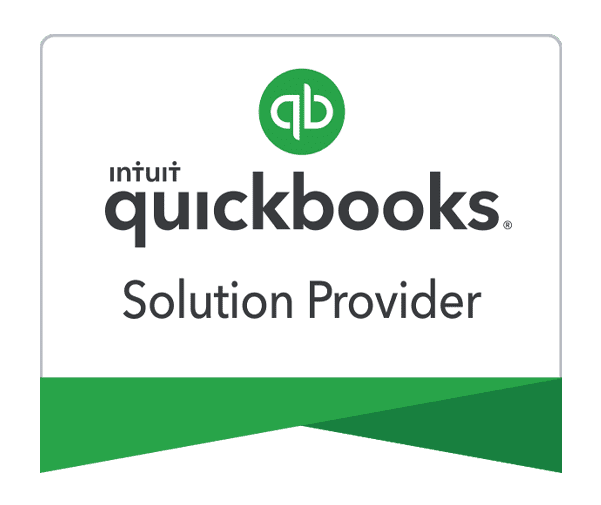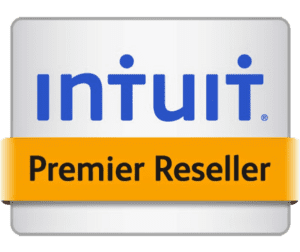Frequently Asked Questions
Can QuickBooks Time help businesses improve productivity and efficiency?
Yes, QuickBooks Time helps businesses improve productivity and efficiency by streamlining time tracking, scheduling, and payroll processes, allowing employees to focus on core tasks.Can QuickBooks Time integrate with QuickBooks Online?
Yes, QuickBooks Time seamlessly integrates with QuickBooks Online, allowing for easy syncing of time data with payroll and invoicing.Can QuickBooks Time Premium integrate with payroll?
Yes, QuickBooks Time Premium integrates seamlessly with various payroll systems, allowing you to streamline the payroll process by syncing tracked hours directly.Can QuickBooks Time track billable hours for clients?
Yes, QuickBooks Time can track billable hours for clients or projects, making it easy to generate accurate invoices and track revenue.Can QuickBooks Time track employee breaks and meal periods?
Yes, QuickBooks Time can track employee breaks and meal periods, ensuring compliance with labor laws and regulations regarding rest periods.Can Shopify POS handle both online and in-store sales?
Yes, Shopify POS seamlessly integrates online and in-store sales, allowing you to manage inventory, track customer orders, and analyze sales data across all channels. This integration ensures a consistent shopping experience for your customers, whether they purchase online or in person.Can you track projects and jobs in QuickBooks Online Advanced?
Yes, QuickBooks Online Advanced will allow you to create and use projects to track your project's profitability. You can add project income, expenses, and labor costs, and run project-specific reports from a single dashboard. If needed, you can also add old transactions to new or ongoing projects. Here are the steps below on how to set up and add transactions to a project:Step 1: Create a new project
- Go to Business overview and select Projects
- Select New project.
- In the Project name field, enter the project name.
- Select the project customer from the Customer ▼ dropdown.
- Add any notes or details about the project in Notes.
- Select Save.
After you’ve created a project, you can add both new and existing transactions to the project.
Step 2: Add new transactions to a project
You can add new transactions like invoices, expenses, or estimates directly into your project. Adding transactions to projects won’t change how they’re categorized or affect your accounts. You’re simply marking them as a part of the project so you can track a specific project’s income and expenses.
There are two ways to add new transactions. You can create the transaction in QuickBooks as you normally would. Just enter the project name in the Customer/Project dropdown. Or here’s how to create a new transaction from within projects:
- Go to Business overview and select Projects
- Select your project.
- Select Add to project to create a new transaction.
- Select Invoice, Receive Payment, Expense, Estimate, Time, or Bill.
- Fill out the details for the transaction as you normally would.
- Select Save and close.
Step 4: Add existing expenses to a project
If you have existing expense transactions that you've already added to QuickBooks, like bills, checks, expenses, or purchase orders, here's how to add them to your project:
- Go to Bookkeeping, select Transactions, then select Expenses.
- Find and open the transaction you want to add to your project.
- In the Customer/Project column, select the ▼ dropdown. Then select the project. Do this for each expense item you want to add to your project. This is different from the payee for the expense. Note: If you don’t see the Customer/Project column, you can turn on the setting Track expenses and items by the customer in the Expense section of your QuickBooks account.
- Select Save and close.
Can you track projects and jobs in QuickBooks Online Plus?
Yes, Both QuickBooks Online Plus and QuickBooks Online Advanced will allow you to create and use projects to track your project's profitability. You can add project income, expenses, and labor costs, and run project-specific reports from a single dashboard. If needed, you can also add old transactions to new or ongoing projects. Here are the steps below on how to set up and add transactions to a project:Step 1: Create a new project
- Go to Business overview and select Projects
- Select New project.
- In the Project name field, enter the project name.
- Select the project customer from the Customer ▼ dropdown.
- Add any notes or details about the project in Notes.
- Select Save.
After you’ve created a project, you can add both new and existing transactions to the project.
Step 2: Add new transactions to a project
You can add new transactions like invoices, expenses, or estimates directly into your project. Adding transactions to projects won’t change how they’re categorized or affect your accounts. You’re simply marking them as a part of the project so you can track a specific project’s income and expenses.
There are two ways to add new transactions. You can create the transaction in QuickBooks as you normally would. Just enter the project name in the Customer/Project dropdown. Or here’s how to create a new transaction from within projects:
- Go to Business overview and select Projects
- Select your project.
- Select Add to project to create a new transaction.
- Select Invoice, Receive Payment, Expense, Estimate, Time, or Bill.
- Fill out the details for the transaction as you normally would.
- Select Save and close.
Step 4: Add existing expenses to a project
If you have existing expense transactions that you've already added to QuickBooks, like bills, checks, expenses, or purchase orders, here's how to add them to your project:
- Go to Bookkeeping, select Transactions, then select Expenses.
- Find and open the transaction you want to add to your project.
- In the Customer/Project column, select the ▼ dropdown. Then select the project. Do this for each expense item you want to add to your project. This is different from the payee for the expense. Note: If you don’t see the Customer/Project column, you can turn on the setting Track expenses and items by the customer in the Expense section of your QuickBooks account.
- Select Save and close.
Create an estimate in QuickBooks Enterprise
Estimate in QuickBooks Desktop is used to create a bid, proposal, or quote. The estimate can later be turned into a sales order or an invoice. These are the steps on how to create an estimate. To create an estimate, you need to make sure the Estimates feature is turned on.- Sign in to the QuickBooks company file as Admin.
- From the QuickBooks Edit menu, select Preferences.
- On the left pane, choose Jobs & Estimates then go to the Company Preferences tab.
- Select Yes to the question "Do you create estimates?"
- Select OK.
- From the QuickBooks Home screen or on the Customers menu, select Estimates / Create Estimates.
- On the Customer: Job drop-down, select a customer or customer job. If the customer or job is not on the list yet, you can click Add New.
- Fill in the relevant information at the top of the form like the Date and Estimate #.
- In the detail area, select the item(s) you propose to do or include as a sale. Note: When you select or add an item, the description and amount are automatically populated based on the description and unit cost entered when the item was set up. You can delete or modify this when creating Estimates.
- (Optional) If you want to apply a discount, you need to create a discount item.
- From the QuickBooks Lists menu, choose Item List.
- Right click anywhere and select New.
- In the New Item window, select the Type on the drop-down and choose Discount.
- Enter an Item Name/Number and a brief Description.
- In the Amount or % field, enter the discount amount or percentage. If your discount amounts vary, you may want to leave the Amount or % field blank and enter the amount directly on your sales forms.
- From the Account drop-down, choose the income account you want to use to track discounts you give to customers.
- Select an appropriate Tax Code for the item then OK.
- Select Save & Close.




